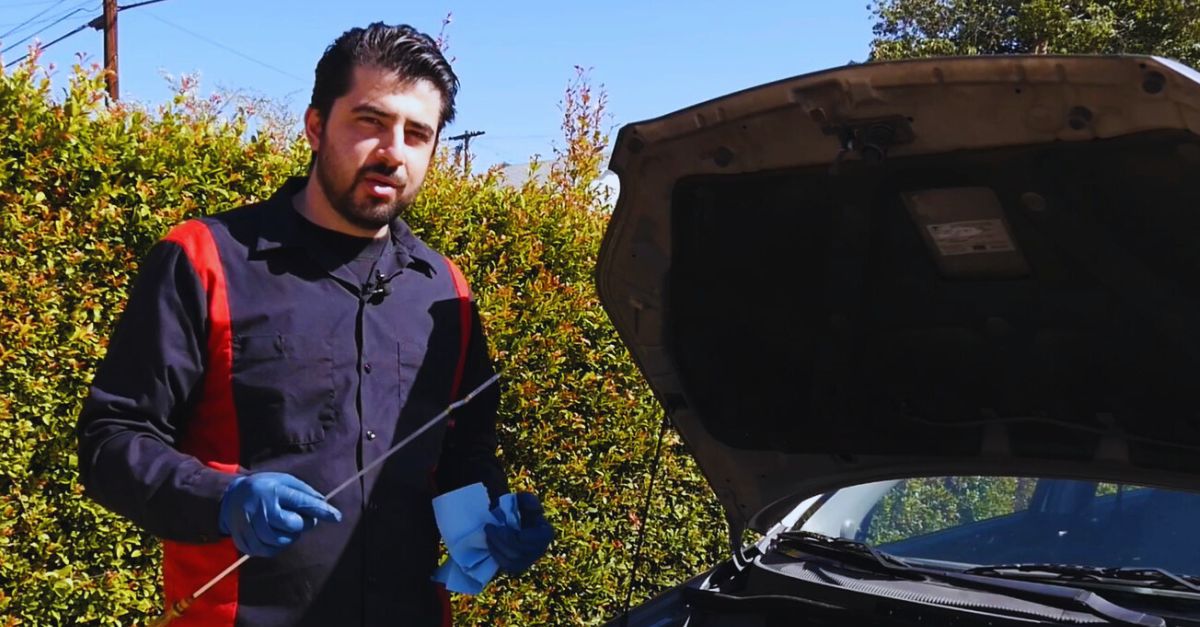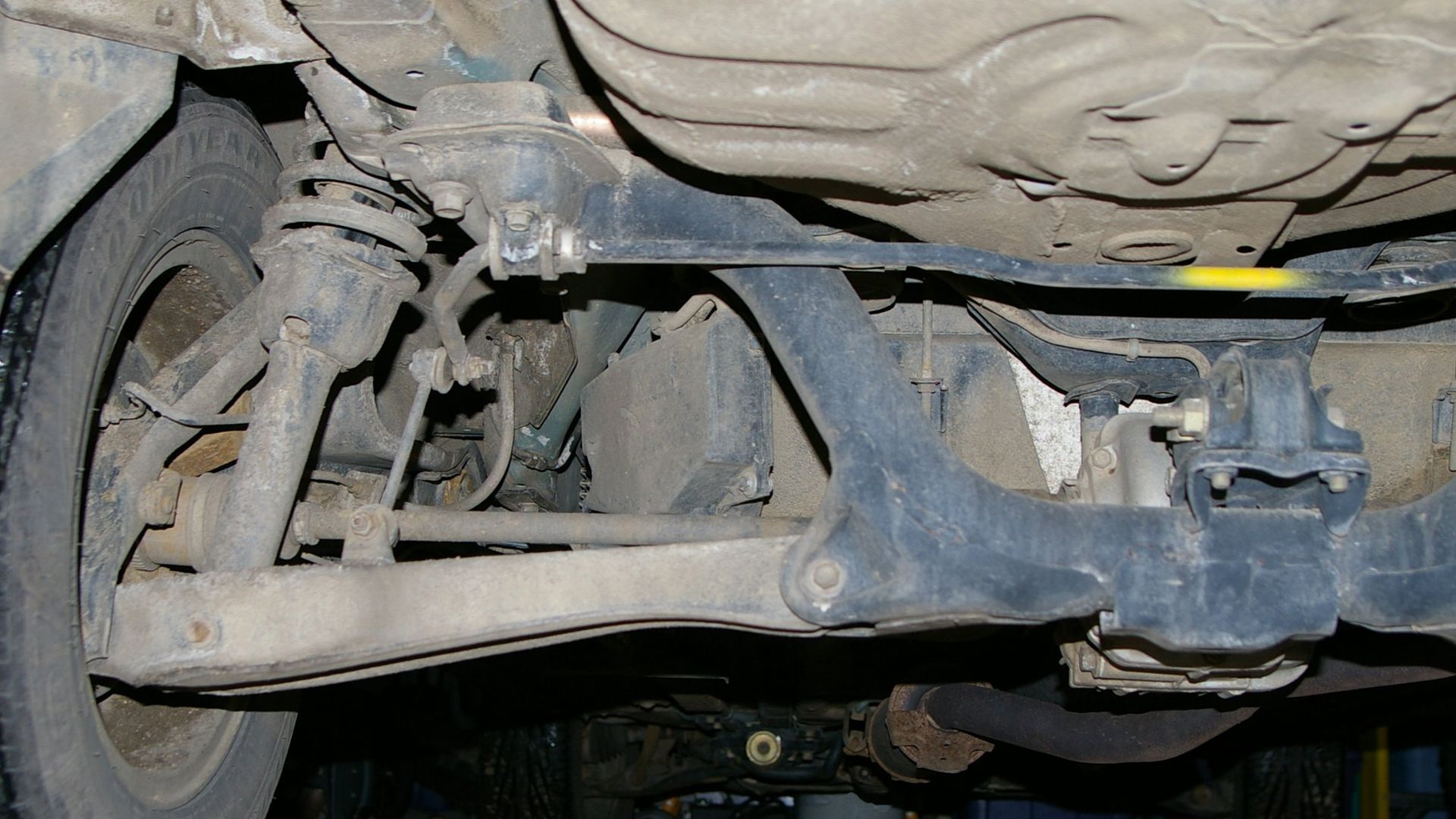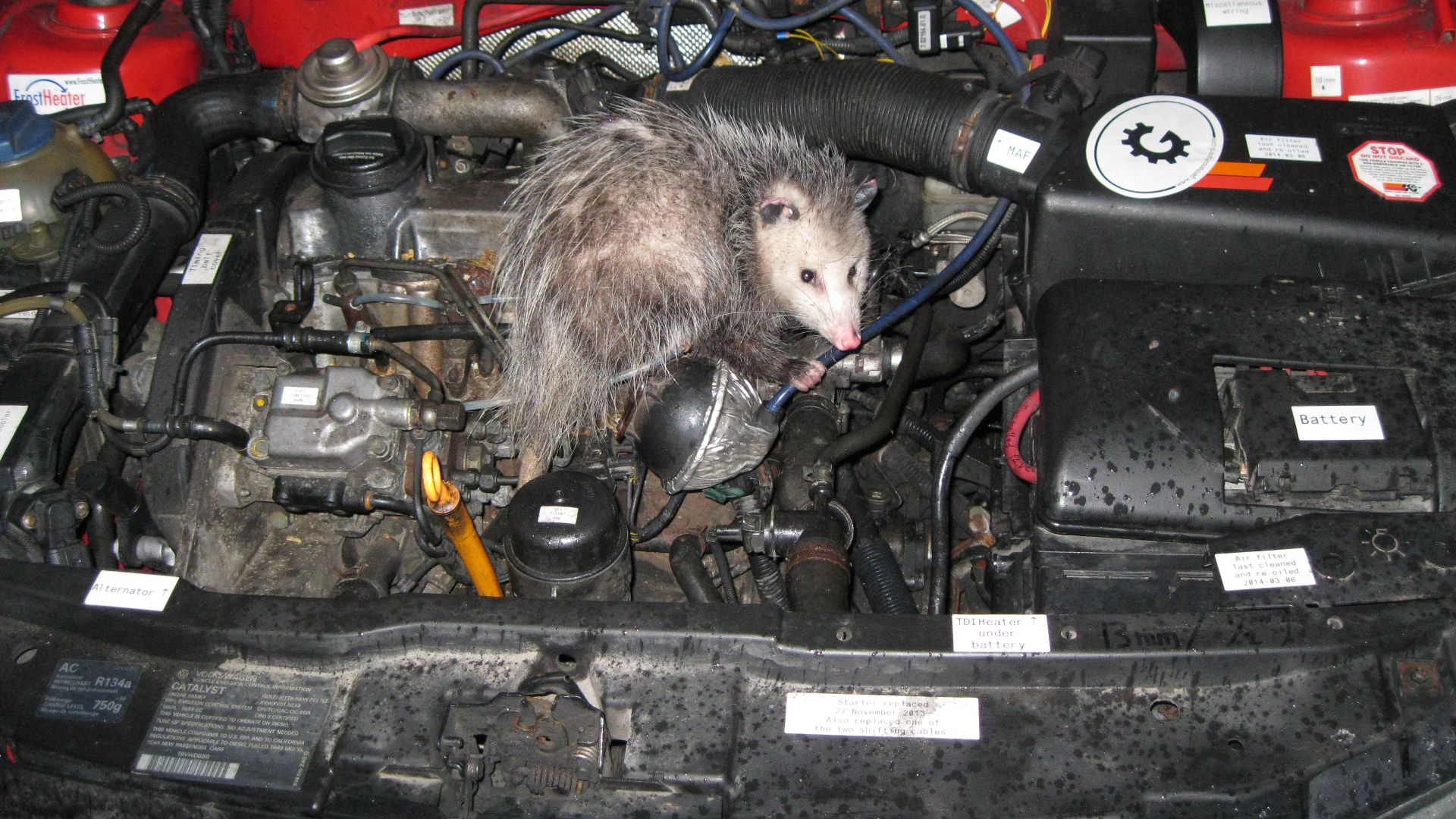Check Before You Regret
Your cousin’s friend swears it’s a “great deal”. And you want to believe him. But don’t do it before bringing in a mechanic who will find hidden flaws that don’t become your problem down the line.
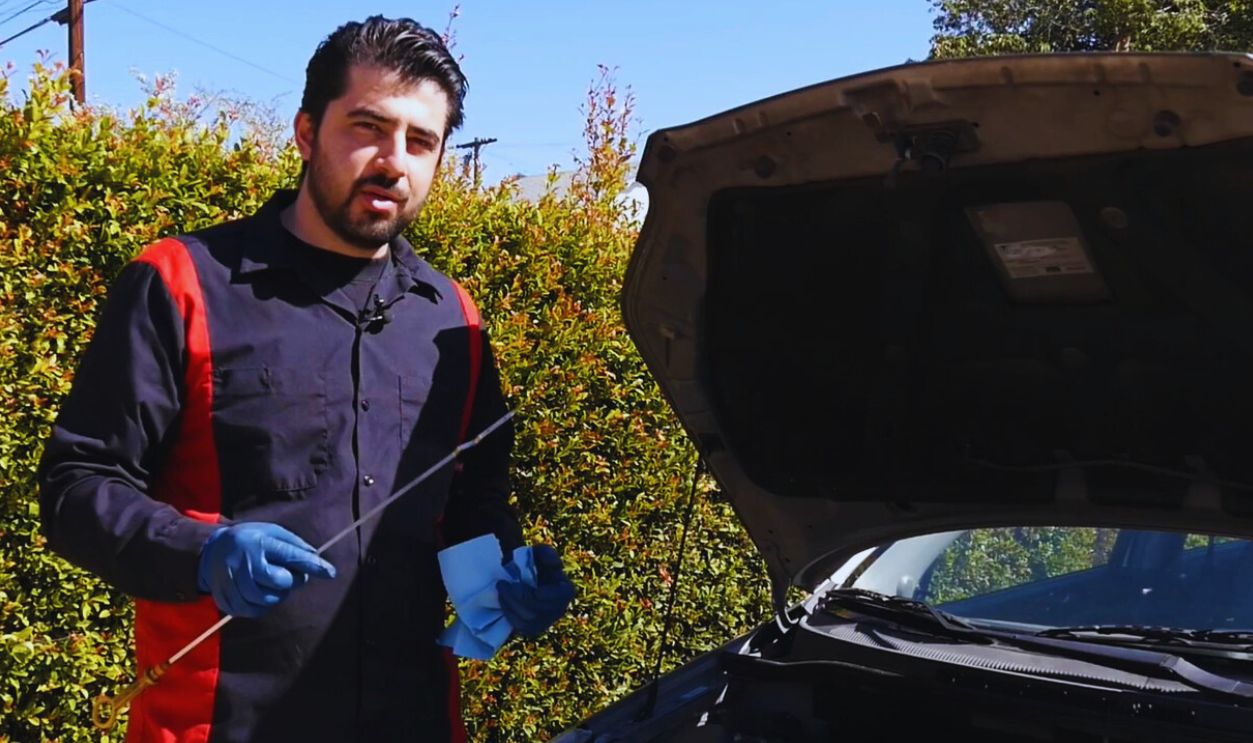
Absence Of Maintenance Records Raises Reliability Concerns
Check the glovebox—empty, huh? When a car comes with no maintenance history, it’s like adopting a pet with zero vaccination records. You just don’t know what’s brewing beneath the surface. Records show oil changes and reveal patterns like late brake replacements, skipped timing belt changes, and ignored transmission flushes.
 Best way to keep track of your Vehicle Maintenance! by South Florida Gearheads
Best way to keep track of your Vehicle Maintenance! by South Florida Gearheads
Inconsistent Panel Gaps Suggest Previous Collision Repairs
Stand beside the car and follow the body lines. Notice how one door sits tighter than the other? Panel misalignment tells a story, and it often involves a collision, some quick cosmetic fixes, and a seller praying you don’t look too closely. A factory-built car maintains symmetry.
 How to Get PERFECT PANEL GAPS on Your Project by Eastwood Company
How to Get PERFECT PANEL GAPS on Your Project by Eastwood Company
Discolored Carpets Or Upholstery Hint At Flood Damage
Flood-damaged cars often sneak into markets after major storms and hurricanes. While the seller might shampoo the carpets and toss in a fresh air freshener, water leaves behind rust and a musty legacy no cleaner can hide. Electrical gremlins love wet wiring; don’t invite them home.
 How To Super Clean the Interior of your Car (Carpets & Headliner) by ChrisFix
How To Super Clean the Interior of your Car (Carpets & Headliner) by ChrisFix
Excessive Wear On Pedals And The Steering Wheel Indicates High Usage
Here’s a truth bomb—low-mileage cars shouldn’t look like a taxi. Leather cracking, rubber worn flat, pedal grooves gone, and buttons smudged beyond recognition are all signs that this ride’s seen more miles than the odometer wants to admit. Watch for signs that don’t add up, because numbers lie, but textures tell the tale.
Unusual Engine Noises During Startup Signal Potential Mechanical Issues
Turn the key. Now hush. Engines speak a language of their own, and when they complain during startup, it’s rarely about the weather. A healthy engine purrs, but bad timing chains, dry valve lifters, or worn bearings will grumble. Don’t let the seller distract you with fast-talking.
 Honda City 2007 Engine Replacement | Old Engine Worn out by Mobeen Mughal
Honda City 2007 Engine Replacement | Old Engine Worn out by Mobeen Mughal
Visible Rust On Undercarriage Compromises Structural Integrity
Crawl under—yeah, seriously. Grab a flashlight and look at the frame, axle, suspension arms, and exhaust lines. Rust kills structural integrity and eats through brake lines. Snowbelt states like Michigan and New York are notorious for salty roads that create rust buckets in disguise.
 How to Fix Rust on Your Car by Scotty Kilmer
How to Fix Rust on Your Car by Scotty Kilmer
Mismatched Paint Tones Indicate Possible Body Repairs
Color mismatch screams “body shop”. This trick hides dings and full-on fender benders. Aftermarket paint rarely matches OEM tones perfectly, regardless of the technician's skill. If you can spot it, you’re seeing a piece of the car’s real history.
 Deena car tinkering and painting Vellore by Deena car tinkering and painting Vellore
Deena car tinkering and painting Vellore by Deena car tinkering and painting Vellore
Dashboard Warning Lights Remaining On Point To Unresolved Issues
Sellers might reset lights before your visit, but persistent ones signal deeper problems—bad oxygen sensors, failing catalytic converters, even transmission faults. You can’t legally register or pass inspection with them glowing. And no, your cousin’s OBD scanner won’t magically fix it. Warning lights are your roadmap to avoid regret.
 Schumi4ever, Wikimedia Commons
Schumi4ever, Wikimedia Commons
Uneven Tire Wear Suggests Alignment Or Suspension Problems
Run your hand across the tire tread. If it feels more scalloped than a steak knife, that’s alignment hell or a bent suspension. Uneven tire wear reveals misalignment or broken control arms. One wheel off-balance can destroy tires and prematurely wear out joints.
 What causes uneven tire wear? by Toyota Maintenance
What causes uneven tire wear? by Toyota Maintenance
Strong Odors Inside The Cabin May Mask Underlying Issues
Odors inside a used car often hide the truth, and they could stem from mold, leaks, smoke damage, pet accidents, or even flood history. A good sniff test reveals whether the vehicle lived a clean life or partied too hard with its last owner.
 Getting Rid Of Terrible Mold In My Car With White Vinegar by retrorestore
Getting Rid Of Terrible Mold In My Car With White Vinegar by retrorestore
Inoperative Air Conditioning Or Heating Systems Reflect Neglect
If the AC blows warm air or the heater wheezes, it’s evidence that the HVAC systems were not regularly checked. A busted blower, bad compressor, or leaky refrigerant lines signal that the previous owner ignored comfort and maintenance alike. Even worse, HVAC failure may hint at deeper electrical issues.
 How Does Car Air Conditioning Work? by History of Simple Things
How Does Car Air Conditioning Work? by History of Simple Things
Cracked Or Chipped Windshield Compromises Visibility And Safety
A windshield does more than block bugs; it’s part of your car’s structural safety system. Cracks weaken it, especially in rollover accidents. And tiny chips? They grow fast, with expansion or contraction. Even an impact can break them. Insurance claims or not, replacing a windshield can set you back hundreds.
Non-Functioning Lights Indicate Electrical System Issues
Click the indicators. Flip the high beams. Does everything light up like it should? If not, beware. Burnt bulbs are standard, but multiple failures scream electrical gremlins. Persistent lighting issues like brake lights and turn signals often relate to faulty wiring or a weak alternator.
 Raghav veturi, Wikimedia Commons
Raghav veturi, Wikimedia Commons
Delayed Gear Engagement Points To Transmission Wear
Smooth, immediate gear engagement is transmission 101. Sluggish shifts could mean worn clutches, low transmission fluid, or failing solenoids. Transmissions are engineering marvels and repair nightmares. A rebuilt unit can cost more than the car’s value. If it hesitates now, imagine what it’ll do when you’re late for work.
Unresponsive Brakes Suggest Worn Components Or Fluid Issues
Soft brakes can mean old fluid, worn pads, warped rotors, or even a failing master cylinder. Braking distance is your life insurance on the road, so don’t compromise. If a test drive leaves you gripping the wheel with clenched teeth, turn around and thank the brakes for warning you in advance.
Excessive Exhaust Smoke Indicates Engine Problems
Start the engine. Watch the tailpipe. White hints at coolant burning—bad head gasket alert. Blue? Oil’s sneaking into combustion chambers. Black? Fuel’s flooding the system. Clean-burning engines run nearly smokeless. Anything else is a billboard-sized red flag. Don’t let anyone sell you the “it’s just cold outside” story.
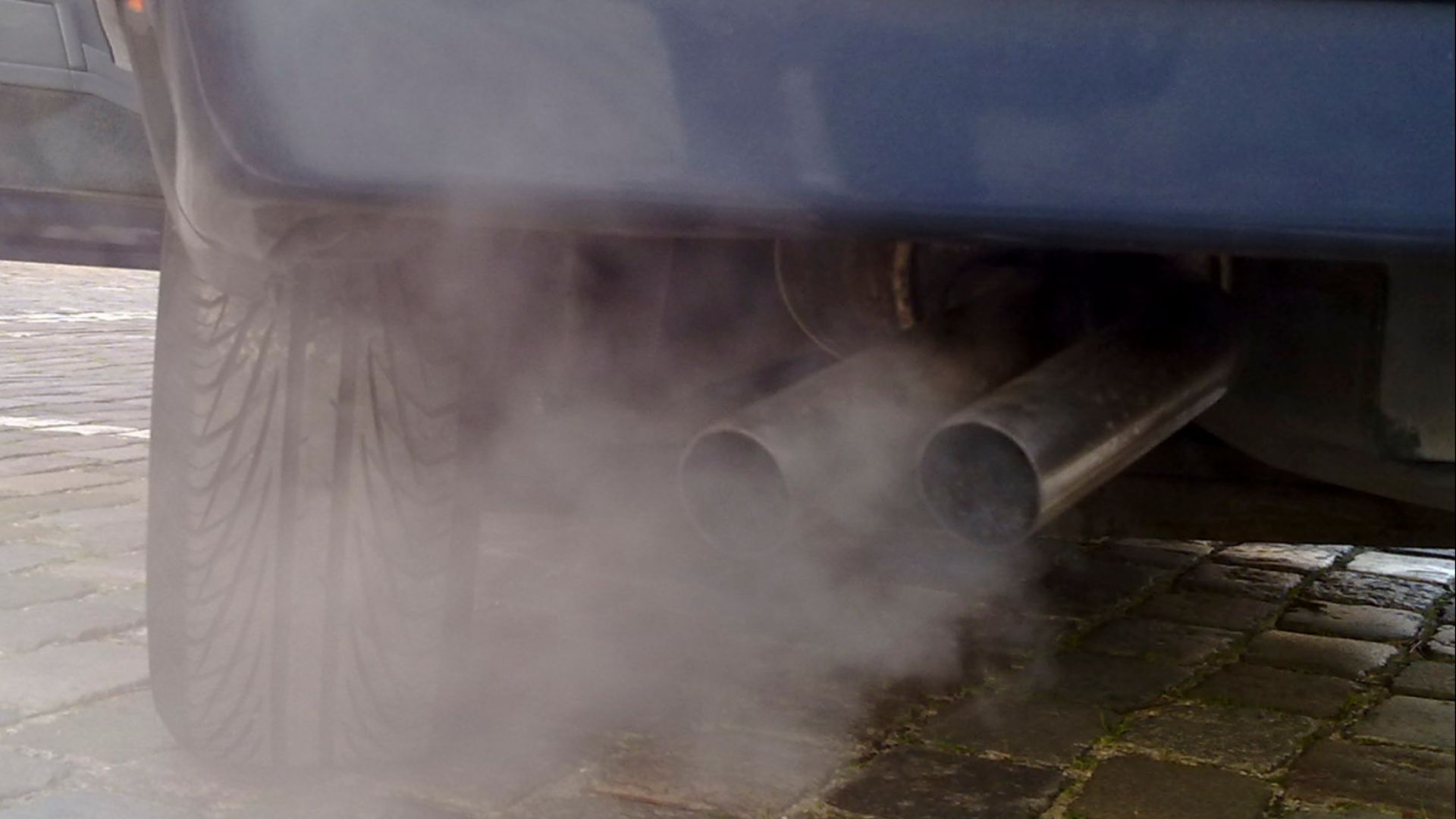 Ruben de Rijcke, Wikimedia Commons
Ruben de Rijcke, Wikimedia Commons
Loose Or Worn Suspension Components Affect Ride Quality
If you hear clunks over bumps or feel a wobble, that could be the suspension waving a white flag. It may mean that the struts, ball joints, and bushings are all worn out. A car should glide, not rock like a canoe in a storm.
Faulty Power Windows Or Locks Reflect Electrical Neglect
Press every window switch. Click all the locks. Power accessories stop working when window motors seize or circuits corrode. These components tell you how much love (or lack of it) the car’s seen. If you’re forced to crack a window by hand, it’s neglected.
Signs Of Rodent Infestation Under The Hood Pose Wiring Risks
Lift the hood, and if you spot chewed insulation, you might be looking at a rodent infestation. Rodents adore engine bays because they are warm and full of chewable wires. Once they move in, they gnaw through everything chewable, which is trouble.
Aftermarket Modifications May Compromise Vehicle Integrity
See that giant spoiler? Oversized wheels? Blinking interior LEDs? Mods can scream personality, but they often hide a lack of factory care. Aftermarket parts—especially cheap ones—can throw off suspension geometry and stress mechanical systems. When a vehicle’s been tuned to death, reliability often dies first.
Inconsistent Tire Brands Or Sizes Affect Handling And Safety
Walk around and peek at all four tires. Are they from the same brand? Same size? No? That’s a red alert. Mixing tires may seem harmless, but it reduces traction and brake response. Mismatched sets can mess with your anti-lock brake system and traction control.
Evidence Of Odometer Tampering Raises Trust Issues
Zero in on the odometer—but don’t stop there. Compare it with service stickers, tire wear, and even the seat sag. If the car says 45,000 miles but the driver’s seat looks like it survived Mad Max, you’ve got a problem. Tampering happens more than you’d think; be aware.
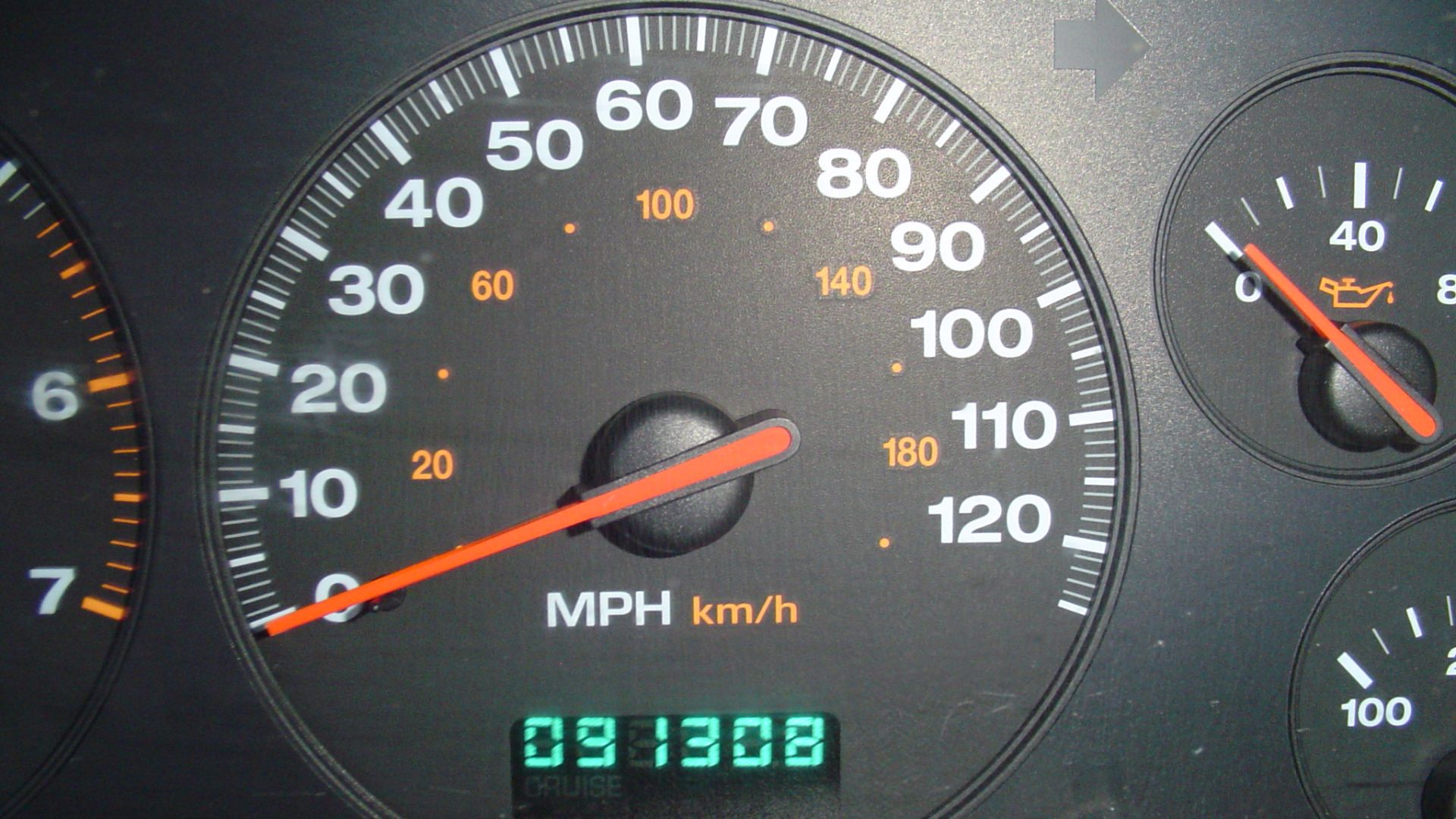 Sav127 at English Wikipedia, Wikimedia Commons
Sav127 at English Wikipedia, Wikimedia Commons
Missing Or Incomplete Title Documents Complicate Ownership Transfer
Ask for the title, then scrutinize it. Suppose there is any missing information with the explanation of “Lost” paperwork, don’t buy it. Titles are car birth certificates; they prove identity, history, and ownership. No matter how “great” the price looks, no title means no registration and potentially no legal claim.
 How to change the title on car documents by Way
How to change the title on car documents by Way
Unusual Vibrations During Acceleration Indicate Drivetrain Issues
Accelerate steadily and feel the floorboard. Is there a rumble or shake that creeps in around 40 or 50 mph? It could be worn CV joints or bad motor mounts. Vibrations during motion are rarely cosmetic, and they signal parts fighting to stay aligned.
 Tenasan, CC BY-SA 4.0, Wikimedia Commons
Tenasan, CC BY-SA 4.0, Wikimedia Commons
Seller's Reluctance To Allow Independent Inspection Suggests Concealed Problems
Propose a mechanic’s inspection. If the seller balks, you should bolt. A legit owner with nothing to hide will say, “Sure, no problem”. But someone who avoids third-party eyes is often hiding something, and it’s probably not minor. Most “great deals” that come with a clock are time bombs.
 How to Check Used Car Before Buying - DIY Inspection by Scotty Kilmer
How to Check Used Car Before Buying - DIY Inspection by Scotty Kilmer

